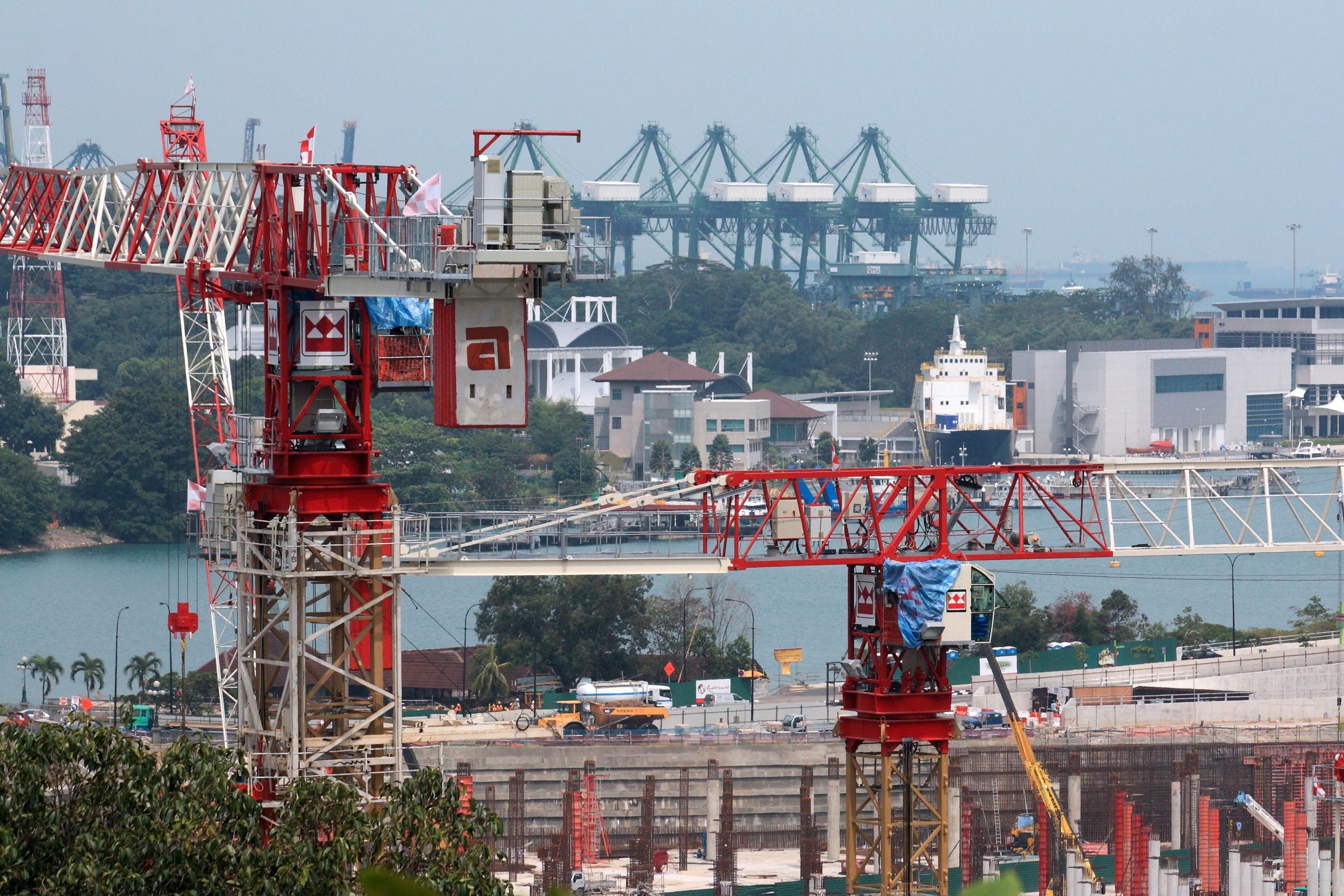PETALING JAYA: The Johor-Singapore Special Economic Zone (JS-SEZ) is emerging as a landmark project set to redefine the economic landscape of both Malaysia and Singapore. With firm commitment from both governments, the JS-SEZ is expected to deliver significant benefits across various sectors, including property, infrastructure, and high-technology industries. According to an article from The Star, the initiative is a critical driver for long-term growth, fostering deep integration between the two countries.
Following a recent visit to Johor, Maybank Investment Bank Research (Maybank IB) has expressed optimism regarding the potential of the JS-SEZ. The visit, which included discussions with state officials, property developers, and on-the-ground inspections, reinforced their confidence in the project’s success. “The cherry on top was meeting with the Mentri Besar of Johor, who shared his insights into the strong commitment from Malaysia and Singapore to see the agreement through,” Maybank IB commented.
Property sector set to benefit
One of the most direct beneficiaries of the JS-SEZ is the property sector. As Maybank IB highlights, the sector is already reacting positively to the agreement, with major players well-positioned to capitalize on new opportunities. The zone’s development is expected to drive demand for real estate across Johor, boosting property values and prompting increased investment.
Among the key players, Maybank IB identified Eco World Development Group Bhd (EcoWorld) as a standout proxy for the JS-SEZ, thanks to its prime holdings in high-potential areas like Kulai and Iskandar Waterfront. The company’s Quantum Edge site in Kulai, in particular, is seen as an asset poised for significant development. Additionally, the rejuvenation of the Johor Baru City Centre (JBCC), located near the upcoming Rapid Transit System (RTS) link to Singapore, is expected to act as a catalyst for urban renewal and higher property values in the region.
A high-tech future in the making
The JS-SEZ is not only focused on traditional sectors but is also a major step towards high-tech development. The Sedenak area in Johor, identified as a hotspot for data centres, stands as a key investment zone. According to Maybank IB, the area has seen a surge in high-tech activity and is expected to be a focal point for future growth.
The integration of the RTS, which will connect Johor Baru and Singapore by 2026, will further enhance connectivity, boosting economic integration and access to high-tech infrastructure. The development blueprint for the JS-SEZ, expected in the second quarter of 2025, is expected to include 50 to 100 high-growth projects over the next five to ten years. These projects are expected to generate a significant economic impact, with a projected GDP boost of US$28 billion (RM125 billion) for Malaysia, alongside the creation of 20,000 skilled jobs in the first five years.
The JS-SEZ represents a transformative vision that aligns both nations’ ambitions for growth and development, creating a dynamic new hub for business, technology, and industry in Southeast Asia.
Featured image by Depositphotos (for illustration purposes only)

